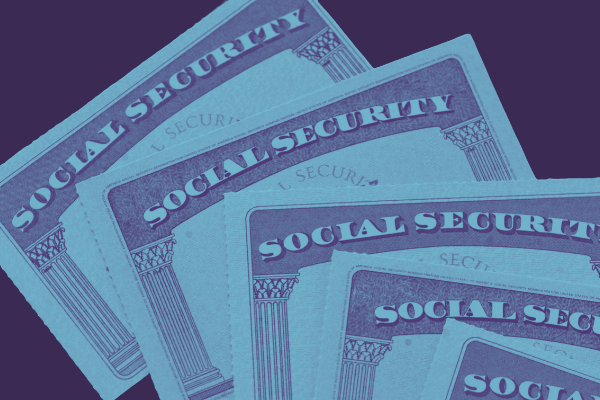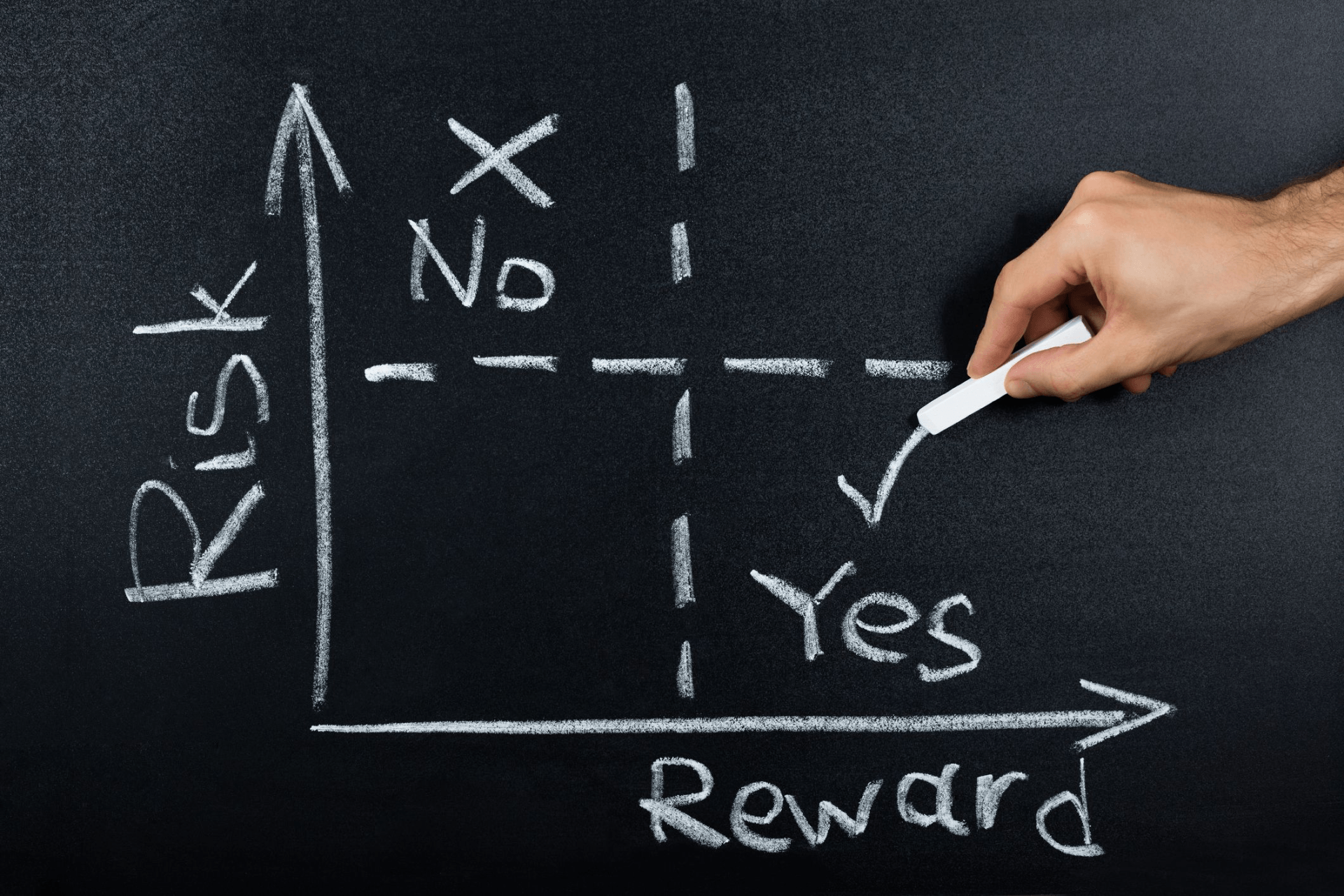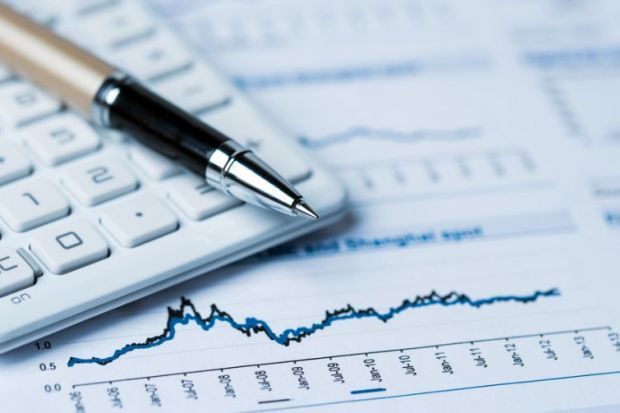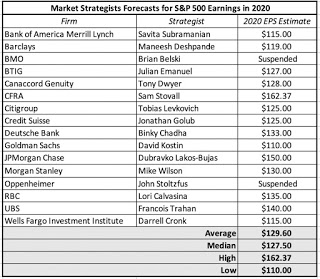By Tony Hellenbrand
•
01 Apr, 2020
Greenwich, CT. May 2008. Feels like forever ago. Another life. Hard to believe it was just over a decade ago. My first “Real” job. Analyst for S.N. Phelps & Co., a firm that managed money for a bunch of insurance companies. In the open office environment, my boss, the firm’s proprietor, the late Stanford Phelps, sat directly across the desk from me. After exchanging pleasantries and sipping my coffee, Stan asked me a question: “What assets are risk free?” As with all of his questions, it was a test, a teaching moment and a trap, all rolled into one. I knew the academic answer of U.S. Treasuries wouldn’t cut it, here. My mind raced. I knew Stan was a well known student of George Patton and demanded fast answers, even if incorrect. “There aren’t any.” I answered, praying for my job. Thankfully I had a month-to-month lease. Please don’t fire me. Please don’t fire me. Please don’t fire me. He smiled “That’s an ok answer…” I exhaled. “But there’s a better one,” Stan continued, “EVERY asset is risk-free IF you buy it cheap enough. This building. If I bought it for a nickel, is there really any way I lose money on it? Even if I do, I lose a nickel. If I buy Manhattan for a buck, can that really hurt me?” “No.” I answered. “Even if it goes up and down in value 95% every day, it doesn’t matter.” Stan smiled and pounded the desk with glee, “That’s exactly right!” Will I make the case that stocks are risk-free at these levels? No. Definitely not. However, there is a price where they are so cheap that it’s difficult to lose. Is that level 20,000 on the Dow? No. But some individual names are already getting down to the point where someone beginning a buying plan from these levels that can stick it out for a few years is going to make generational wealth. “Buys of a lifetime.” According to Kyle Bass’s recent CNBC interview where he exclaimed “You can be a value buyer again!” This concept of price and risk can also work against you. Return-free risk. If you paid $1 Trillion ($1,000,000,000,000) for the device you’re reading this article on, there’s realistically a 100% chance you lose all the money. I would argue we’re seeing this in the market right now, in the form of bonds. As I type this, the 10 year Treasury is paying 0.63%. An investor buying a 10 year Treasury today is paying 158x earnings for an asset that can’t grow earnings for 10 years. If you own bonds today... Why? So-called “Safety” is ludicrously over-priced at these levels. How dangerous is a stalwart like Clorox (CLX)? The chart would say it’s not nearly as dangerous as the rest of the market, holding up well the last few weeks. You “only” have to pay 27x earnings and collect a 2.42% dividend, essentially 4x as good of a value as bonds. Not cheap enough? Diageo, one of the largest liquor distillers in the world, is currently at 19x trailing earnings. Put differently, Diageo, a large, stable, growing business, has an earnings yield over 5%. Why accept 0.86%? Not cheap enough? Let’s get real crazy. The Dow Jones Industrial Average is trading at 17x earnings. That’s a 5.9% earnings yield. Is more trouble ahead? Yes. Will some of them fall to zero? Yes. Is the bottom in? Who knows. (probably not.) All I know is if you can wait 10 years, I’ll take 5.9% over 0.63% every time.








